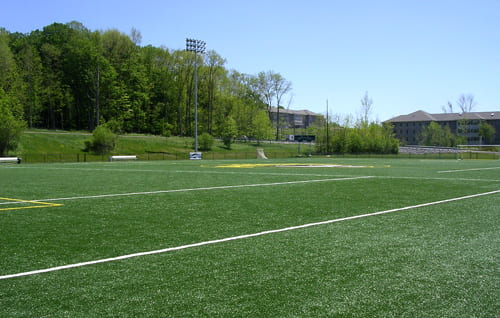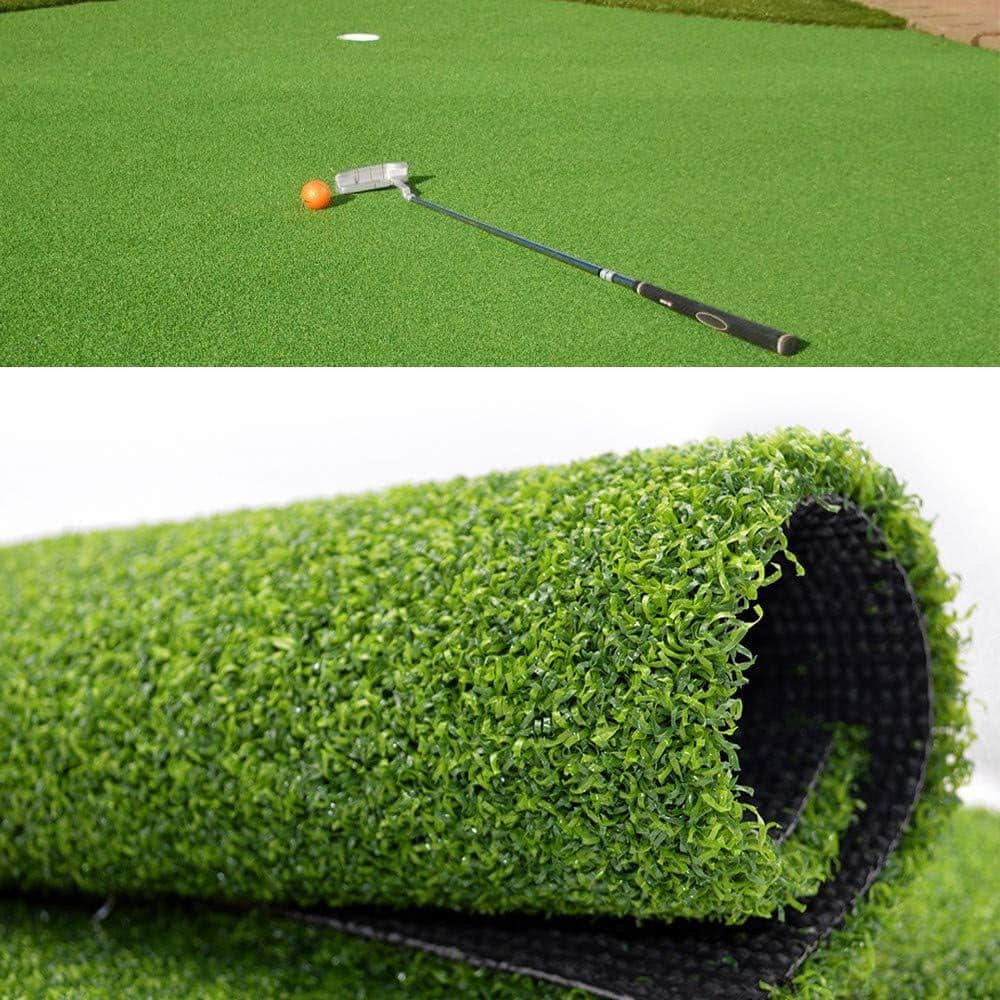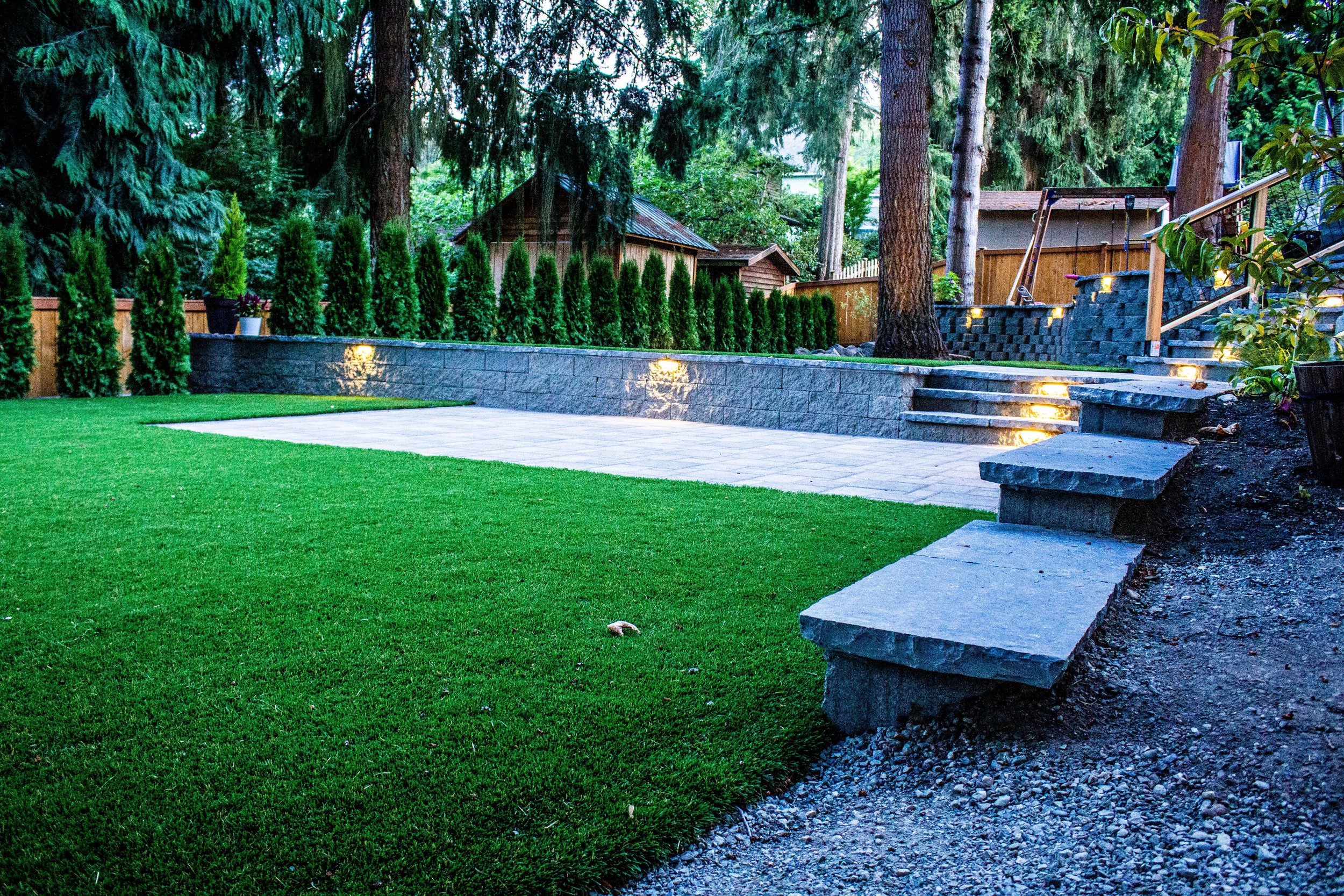Look Into the Environmental Conveniences of Opting for Artificial Grass Solutions
The adoption of man-made turf services offers an engaging opportunity to attend to pushing environmental difficulties. By significantly minimizing water use and reducing the application of hazardous chemicals, these choices not only promote lasting landscape design but also protect neighborhood communities.
Water Preservation Advantages
One of the most substantial benefits of artificial grass is its capacity to preserve water. Typical turf lawns need considerable watering, particularly in locations vulnerable to dry spell or water constraints. In comparison, synthetic grass does not need watering, considerably decreasing the general need for water resources. This feature is especially beneficial in deserts where water deficiency is a pressing problem.
By eliminating the demand for regular watering, synthetic grass contributes to sustainable landscape techniques and helps reduce the ecological influence of extreme water intake. In addition, the conservation of water reaches the decrease of runoff, which can cause dirt erosion and waterway contamination.
Additionally, the setup of fabricated lawn allows municipalities and home owners to designate water sources much more effectively, focusing on necessary uses such as drinking water and farming. The shift towards synthetic grass not just promotes responsible water use yet also aligns with wider environmental goals targeted at maintaining natural deposits.
As neighborhoods progressively prioritize sustainability, the water conservation advantages of fabricated lawn offer an engaging situation for its fostering in industrial and domestic landscaping tasks.
Lowered Chemical Use
The shift to synthetic grass considerably decreases the dependence on chemical therapies frequently utilized in all-natural lawn maintenance. Typical turf monitoring typically entails the application of pesticides, herbicides, and plant foods to promote growth and control insects. These chemicals can pose risks to human wellness, local wild animals, and the atmosphere, adding to dirt and water contamination.
In comparison, artificial turf gets rid of the demand for these damaging compounds. By decreasing the launch of artificial substances into the ecosystem, synthetic grass advertises healthier soil and water systems.
In addition, the absence of chemical runoff associated with synthetic grass installations assists safeguard regional waterways from contamination, supporting aquatic life and maintaining biodiversity. Phoenix turf companies. As neighborhoods progressively prioritize sustainable practices, choosing artificial lawn offers a sensible remedy that straightens with ecological preservation goals. Through this shift, homeowner can delight in lush environment-friendly rooms without jeopardizing environmental health, leading the method for a more lasting future
Reduced Carbon Footprint

Furthermore, the installment of synthetic grass can cause considerable water go to this site preservation. Natural grass need considerable amounts of water for irrigation, which not only adds to the carbon footprint connected with water removal and treatment however additionally strains regional water sources. On the other hand, synthetic lawn needs very little upkeep, calling for no watering, thus significantly minimizing water usage and its associated power expenses.
Additionally, the long life of synthetic grass adds to its lower carbon effect. With a life expectancy of as much as 15 years or more, the requirement for regular replacements is reduced, causing less waste and reduced power consumption in manufacturing and taking care of typical grass choices. Overall, artificial turf presents a lasting option for environmentally conscious landscape design.
Environment Conservation
Habitat preservation is a crucial consideration in the debate over landscape design selections, especially when comparing artificial lawn to all-natural lawn. Natural grass yards usually call for substantial maintenance, consisting of making use of fertilizers, herbicides, and pesticides, which can detrimentally affect local communities. These chemicals can seep into the dirt and waterways, damaging native vegetation and fauna and interfering with regional environments.
Man-made lawn eliminates the need for dangerous chemicals, thereby protecting nearby wildlife and maintaining the integrity of bordering communities. The installation of synthetic turf can lead to the conversion of previous grass areas right into even more biodiverse landscapes, such as pollinator yards or native plant areas, which can support local wildlife.
Ultimately, the change to artificial turf not just preserves water and lowers upkeep initiatives however also fosters a more unified partnership in between human activities and the native environment, advertising environment conservation while doing so.
Long-Term Sustainability
Lasting sustainability is a vital consider reviewing the click site benefits of synthetic grass over standard yard yards. Among the most substantial advantages of synthetic grass is its sturdiness; it can last as much as 15-20 years with marginal upkeep, whereas natural grass requires constant reseeding and substitute. This longevity lowers the demand for constant sources, such as water, fertilizers, and chemicals, which are crucial for keeping a healthy grass yard.
In check these guys out addition, synthetic grass adds to a reduction in carbon discharges connected with yard care tools. Standard grass commonly require gas-powered mowers, leaners, and blowers, every one of which add to air contamination. Turf installation phoenix az. On the other hand, synthetic grass removes the demand for such equipment, advertising a cleaner setting
Moreover, the production of synthetic grass significantly makes use of recycled products, boosting its sustainability profile. As makers adopt environment-friendly methods, the environmental impact of synthetic grass continues to reduce.

Conclusion
The fostering of synthetic grass solutions provides significant ecological advantages, including significant water conservation, reduced dependence on damaging chemicals, and a reduced carbon impact. Synthetic grass help in preserving natural habitats by minimizing land disturbance and advertising lasting sustainability via the use of resilient products. Collectively, these factors emphasize the possibility of man-made grass to contribute favorably to ecological health and wellness and provide a feasible alternative to typical landscape design practices in an increasingly resource-conscious globe.
In contrast, artificial grass does not need watering, significantly lowering the general demand for water resources. By minimizing the launch of synthetic substances into the ecological community, man-made turf advertises healthier dirt and water systems.
Additionally, the installment of synthetic lawn can result in considerable water preservation. In comparison, man-made turf requires marginal maintenance, calling for no watering, thus significantly minimizing water use and its connected power costs.
